7 Most Dangerous Airports In India That Will Test Your Nerves
India’s aviation landscape spans soaring mountain passes, oceanic runways, and narrow landing strips carved out of plateaus. While flying across the country offers breathtaking views, some airports are known more for their nerve-wracking landings than scenic beauty. Due to geographical extremes, short runways, and unpredictable weather conditions, several airports in India are considered among the most dangerous for landing and take-off. These airstrips test even the most experienced pilots. Here are 7 of the most dangerous airports in India and the reasons they’re not for the faint-hearted.
ALSO READ: These Are Top 20 Food Destinations In World – One Indian City On The List
1. Kushok Bakula Rimpochee Airport, Ladakh
 (Image Source: Twitter/@kaizenstriver)
(Image Source: Twitter/@kaizenstriver)
At an altitude of 10,682 feet, this airport is tucked in the cold desert of Ladakh. It's one of the highest commercial airports in the world. Leh’s Kushok Bakula Rimpochee Airport is surrounded by towering Himalayan peaks, making landing a precision game of threading through rugged mountain terrain. The flights here operate only in the early morning to avoid the strong winds, and this is what makes it so challenging. Add to that thin air, reduced engine performance, and a short window for approach, pilots have to be extremely skilled to ensure a safe touchdown. The view from this airport is extremely stunning, but the descent is amoung the trickiest in the country.
2. Lengpui Airport, Mizoram
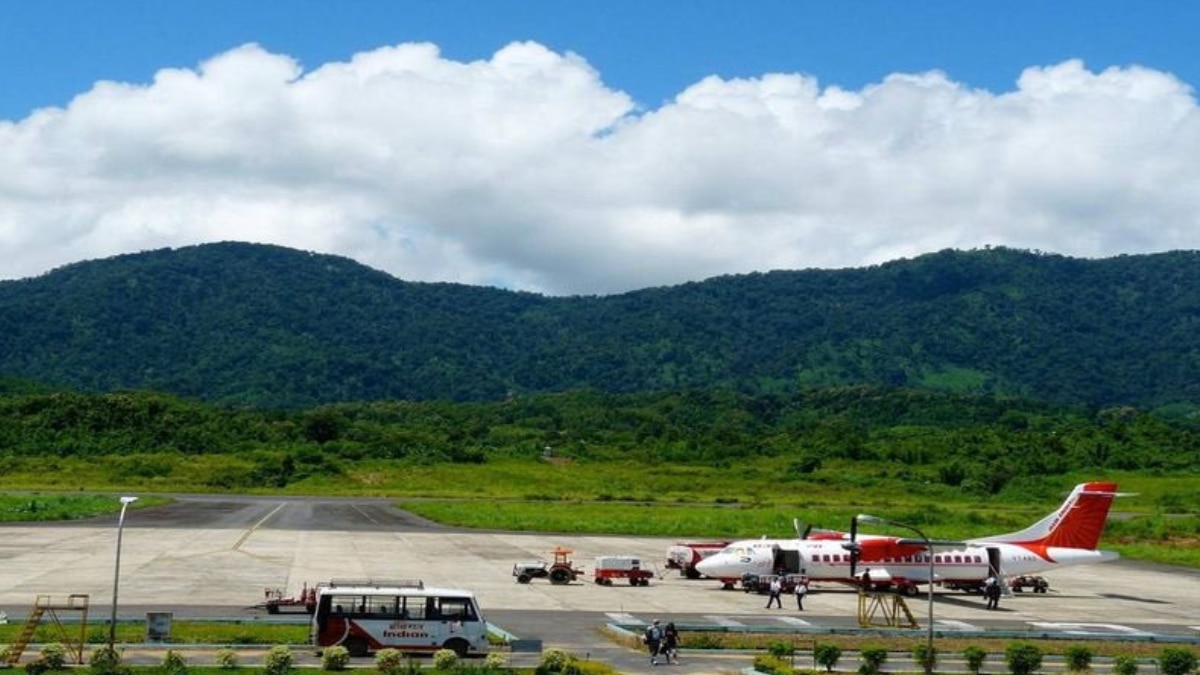 (Image Source: Twitter/@IndiaTales7)
(Image Source: Twitter/@IndiaTales7)
Lengpui Airport of Mizoram is built amidst the lush green hills. With a tabletop runway perched between two hillocks, it gives pilots little room for error. The approach is narrow, with twisting turns and low-lying clouds, making visibility a constant challenge. The optical illusion created by the surrounding terrain is what makes this airport so tricky. This illusion can mislead even the seasoned flyers. Apart from this, the runway is short which demands pinpoint precision during both, takeoff and landing.
3. Shimla Airport, Himachal Pradesh
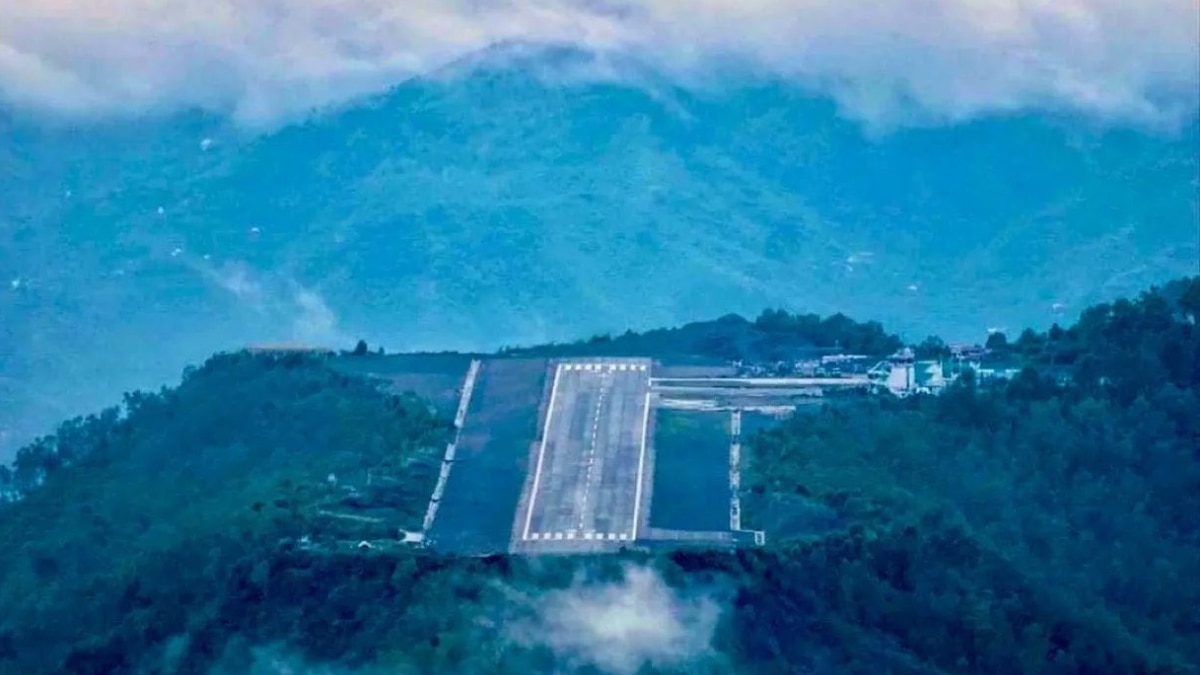 (Image Source: Twitter/@IndiaTales7)
(Image Source: Twitter/@IndiaTales7)
Perched at 5,072 feet above sea level, Shimla Airport offers a serene view. The airport has a short runway which barely gives planes enough room to land safely. Strong crosswinds and dense fog often blanket the area, making visibility an unpredictable factor. Due to these challenges, only small aircraft operate here. Despite its idyllic setting, Shimla Airport is notorious among pilots for its tight turns and elevation related issues. For flyers, the thrill of landing here comes with a serious adrenaline rush.
4. Kozhikode International Airport, Kerala
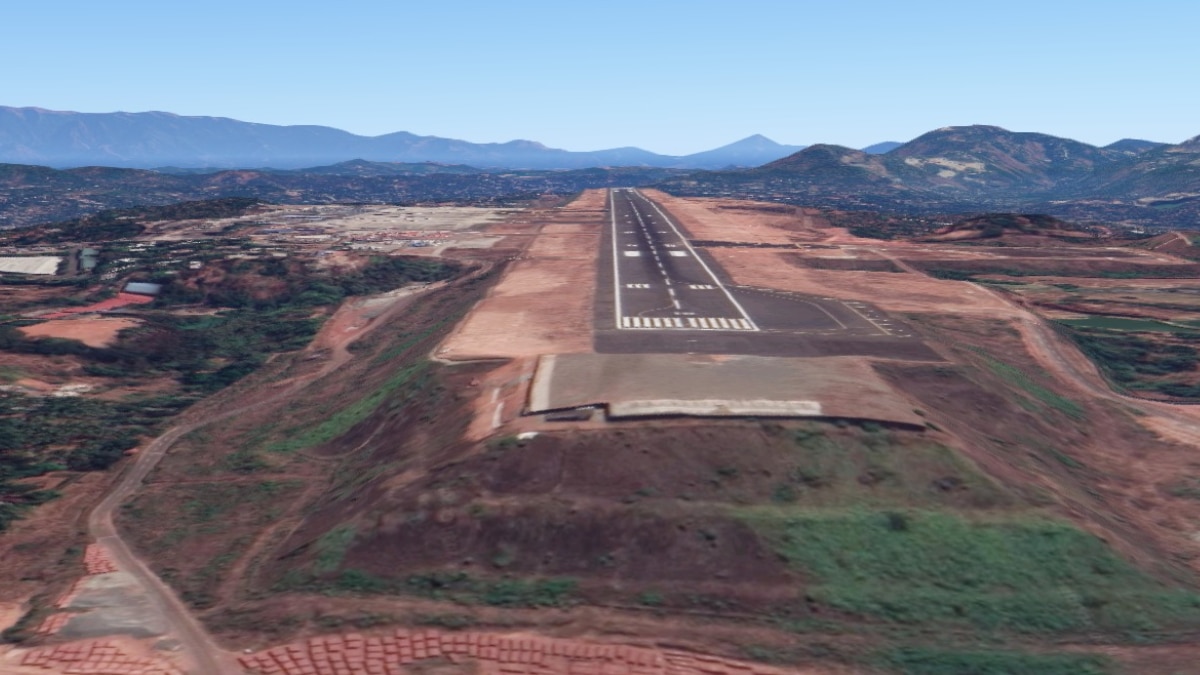 (Image Source: Twitter/@kumarmanish9)
(Image Source: Twitter/@kumarmanish9)
Kozhikode Airport is a tabletop runway, which means it’s built on an elevated surface with steep drop-offs on both ends. In heavy monsoon conditions, the runway's short length leaves little room for miscalculation during the landing. Sudden rainfall and reduced friction on the runway often leads to aircraft overshooting. It's an international airport, but still gets named in one of the riskiest in India. It's located atop a hill that adds to the complexity of Kozhikode International Airport.
5. Mangalore International Airport, Karnataka
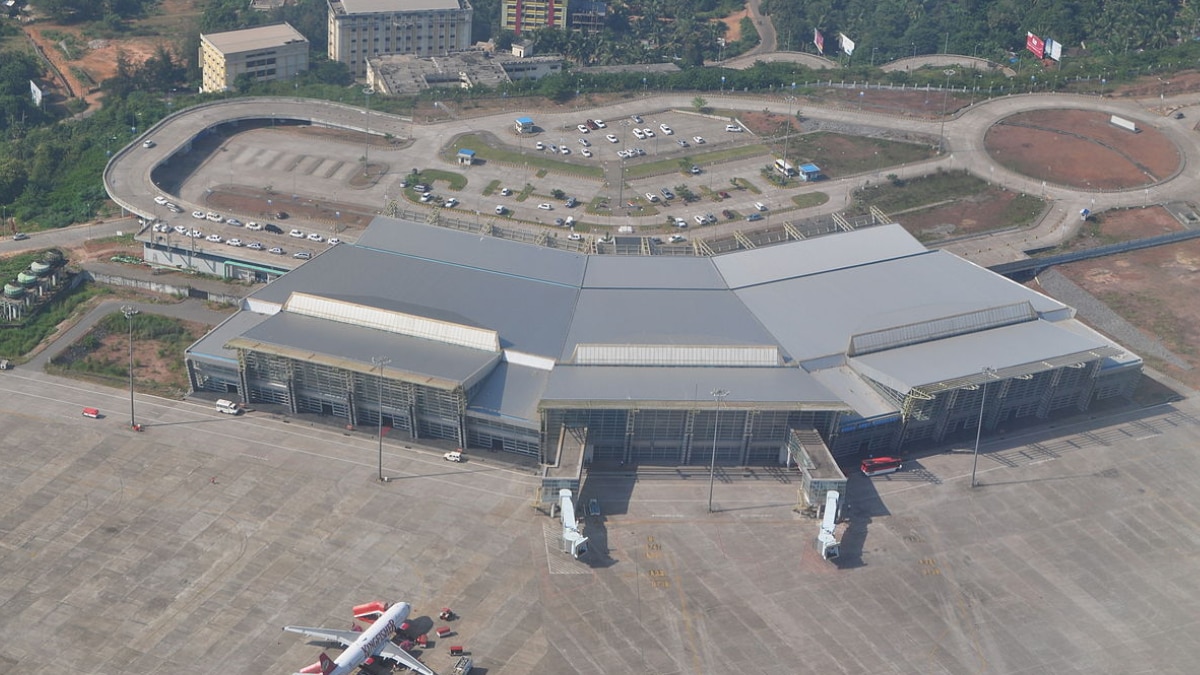 (Image Source: Twitter/@savetulunaad)
(Image Source: Twitter/@savetulunaad)
Mangalore International Airport is another tabletop airport that's on the danger list. It sits atop a plateau and is surrounded by gorges. The risk of overshooting the runway is ever-present, especially during rainy weather. It has limited runway length, steep drops, and crosswinds that add up to the complexity of this international airport in Karnataka. Every touchdown is a controlled feat of precision. Pilots face an array of challenges while landing in this airport. While it serves thousands of flyers daily, Mangalore remains one of India’s most technically demanding airports.
6. Agatti Airport, Lakshadweep
 (Image Source: Twitter/@HiraTater)
(Image Source: Twitter/@HiraTater)
Imagine landing on a narrow strip of coral in the middle of the Arabian Sea, that’s Agatti Airport for you. This airport has water on all the sides, which makes it one of the most thrilling and terrifying to approach. The 1,200 metre runway ends just a few feet from the sea, leaving no margin for overshooting. The high speed winds and sudden changes in weather make flying here extremely challenging. There’s no night landing facility, and flights are strictly daytime-only.
7. Veer Savarkar International Airport, Andaman And Nicobar Islands
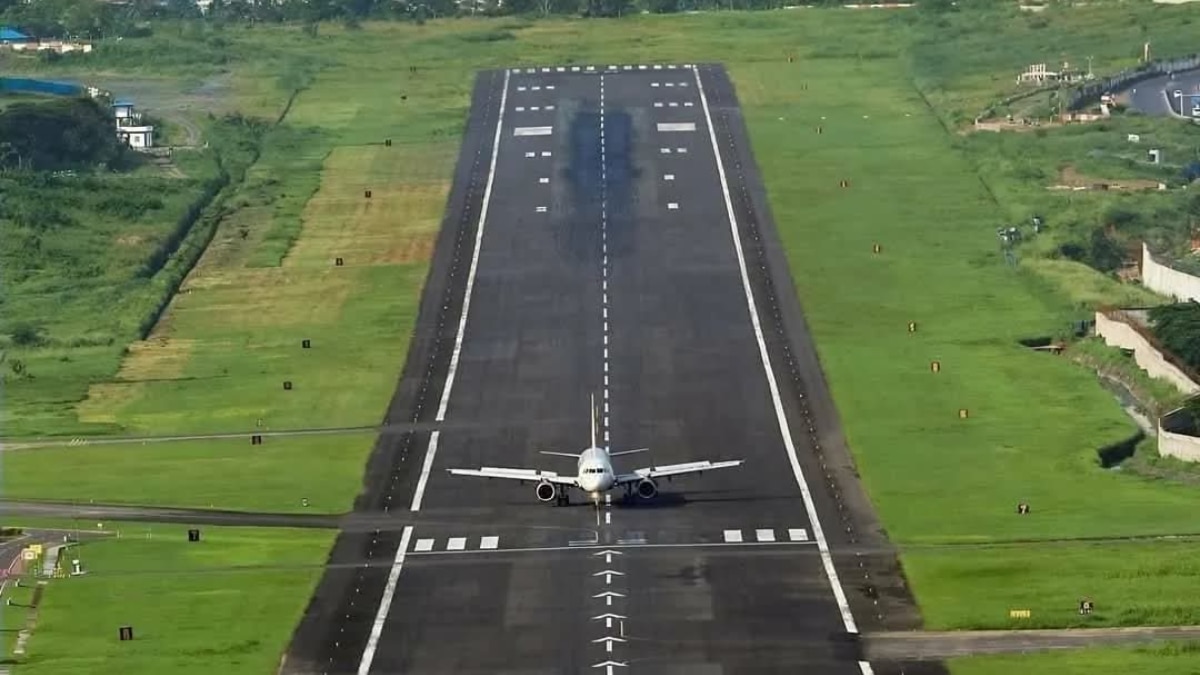 (Image Source: Twitter/@bulloKiMKB)
(Image Source: Twitter/@bulloKiMKB)
This island airport may look serene, but its coastal location brings frequent turbulence and wind shear. Surrounded by the Bay of Bengal, the runway at Port Blair demands careful navigation. Crosswinds, slippery runways, and occasional flooding test a pilot’s skills to the limit. This airport has limited runway length and operates under tight ATC guidance. Despite the tropical beauty, landing here can be unnerving, especially during peak weather disruptions.
lifestyle